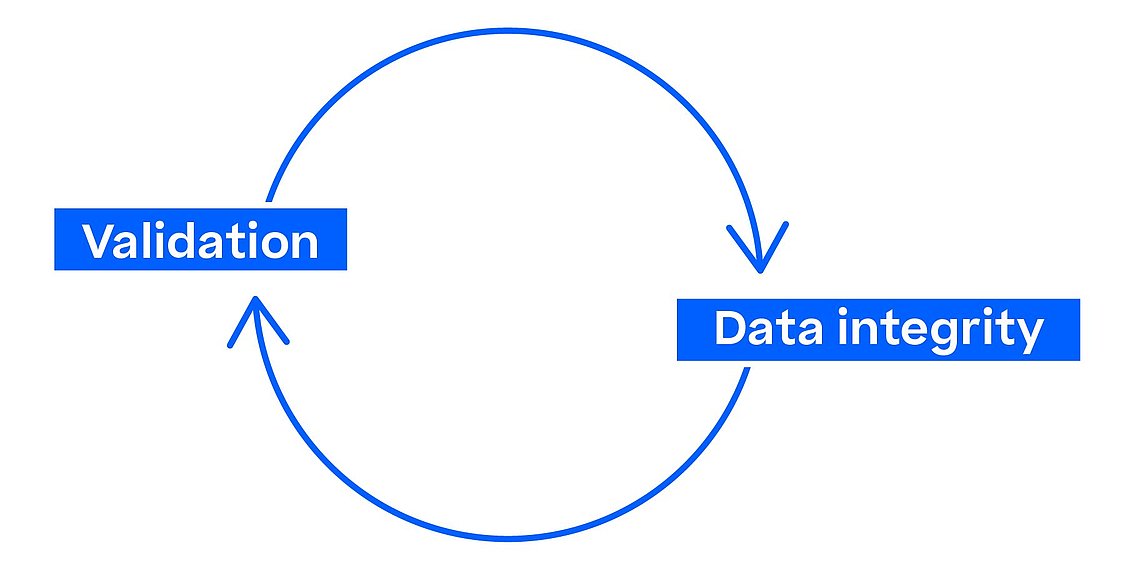
Data integrity is nothing new – its concept was introduced more than twenty years ago by regulatory authorities. So why does it receive so much attention over the last years?
This blog will explain the importance of data integrity and shed light on the relevant factors like risk and controls to achieving compliance. In addition, it will present new roles and trends and elaborate on data governance and life cycle management.
It’s not easy to nail it down: numerous definitions of data integrity by FDA, NIST, IEEE, MHRA, and others exist. Yet the common denominator is the ALCOA+ principle.
Today, almost any decision in the world of pharmaceutical manufacturing is based on data. This includes critical ones that have direct impact on patient safety and product quality. Manual execution is replaced by automation, paper evidence by electronic records. Information or data therefore must be trustworthy as it is being used for important decisions. Although achieving data integrity is no rocket science, on average roughly 50% of the FDA’s warning letters over the last 5-7 years mention data integrity issues (Analysis of FDA FY2019 Drug GMP Warning Letters).








